Last week, the Manhattan Institute for Policy Research created a buzz when it released a report that suggests that Chicago -- along with communities across the nation -- is less segregated today than it was a decade ago. While "Ghetto neighborhoods persist," the conservative think-tank wrote, "most are in decline."
When I drive through the Near North Side, it sure appears to be true. My daughter's school sits in the shadow of the former Cabrini Green high-rises. And I've watched townhomes rise from the dust of the demolished public housing buildings during the past six years. The idea, Chicago Housing Authority officials maintain, was to help poor, largely African American, residents by breaking up the concentration of poverty. (My recent investigation into how they've employed the one-strike policy to move people out raises all sorts of questions about those motives though.)
Reality is that many of those former public housing residents, and even their neighbors whose private buildings have gone condo, have moved on to neighborhoods that are more racially segregated. And poorer. It's a reality that a vast majority of black people in Chicago live with.
I crunched the 2010 census data and found that 73 percent of black Chicagoans were living in roughly two dozen overwhelmingly black and largely low-income neighborhoods in 2010. That's down only a half of a percentage point from 2000. Meanwhile, the black population dipped in communities where income is up and the largest number of new jobs have been created, including the Near North, Near West and Near South sides. In those neighborhoods, the white population grew by double-digit percentages.
The bigger racial shifts, it appears, are among white and Latino people. Fewer of them live in neighborhoods where they hold a racial or ethnic majority; in 2000, 48 percent of white Chicagoans lived in majority-white communities, compared with 39 percent in 2010. The breakdown for Latinos was 53 percent and 50 percent, respectively.
Perhaps we're all putting too much emphasis on a report that suggests "all-white neighborhoods are effectively extinct." That's like saying that we're living in a post-racial society now that black Chicagoans account for 1 percent of the population in Jefferson Park and Forest Glen and nearly 1 percent in Edison Park in 2010 -- from virtually zero in 2000. (Yes, those are real figures. Breeze through the numbers yourself here.)
The report does open the door to a conversation me and my colleagues over at the Chicago Reporter love to engage in. Why are these numbers important? What do they mean for real people? A lot. A quick look at Chicago Public Schools data shows that the average standardized test score for grade-schoolers in majority-white communities is an 85 out of 100. In black communities, it's a 61. Where would you rather send your children?
The jobs numbers are just as stark. In our Loopholes piece, we found that while black communities account for nearly one-third of the city's population, they account for only 9 percent of all jobs. White and mixed-race communities accounted for 82 percent. In the Loop, which is home to one in three Chicago jobs, folks living south of 43rd Street accounted for 86 percent of those whose downtown job were lost between 2002 and 2008. Most of those communities are majority-black.
The bottom line is that there are winners and losers in Chicago -- by virtue of where we live. And whether we want to acknowledge it or not, race has a lot to do with that.